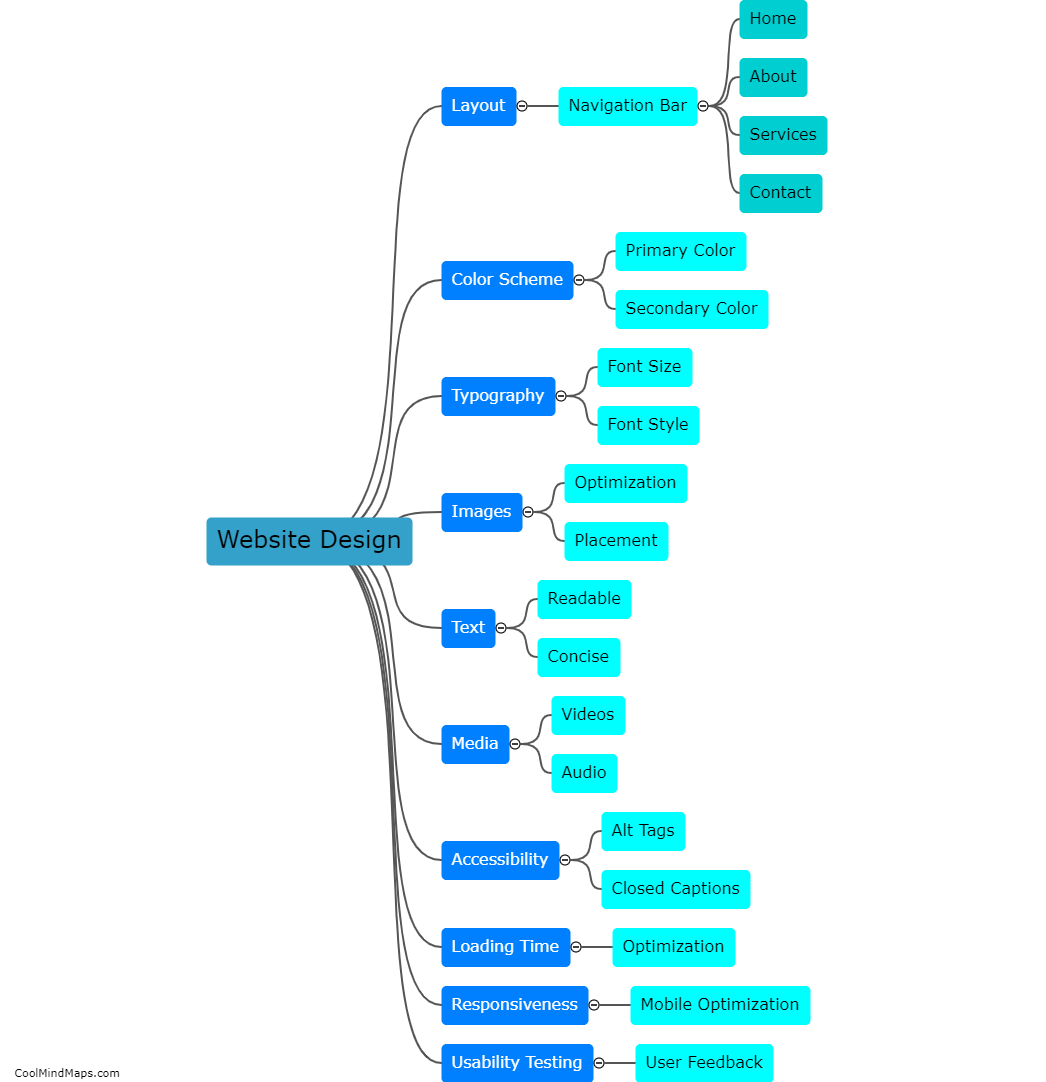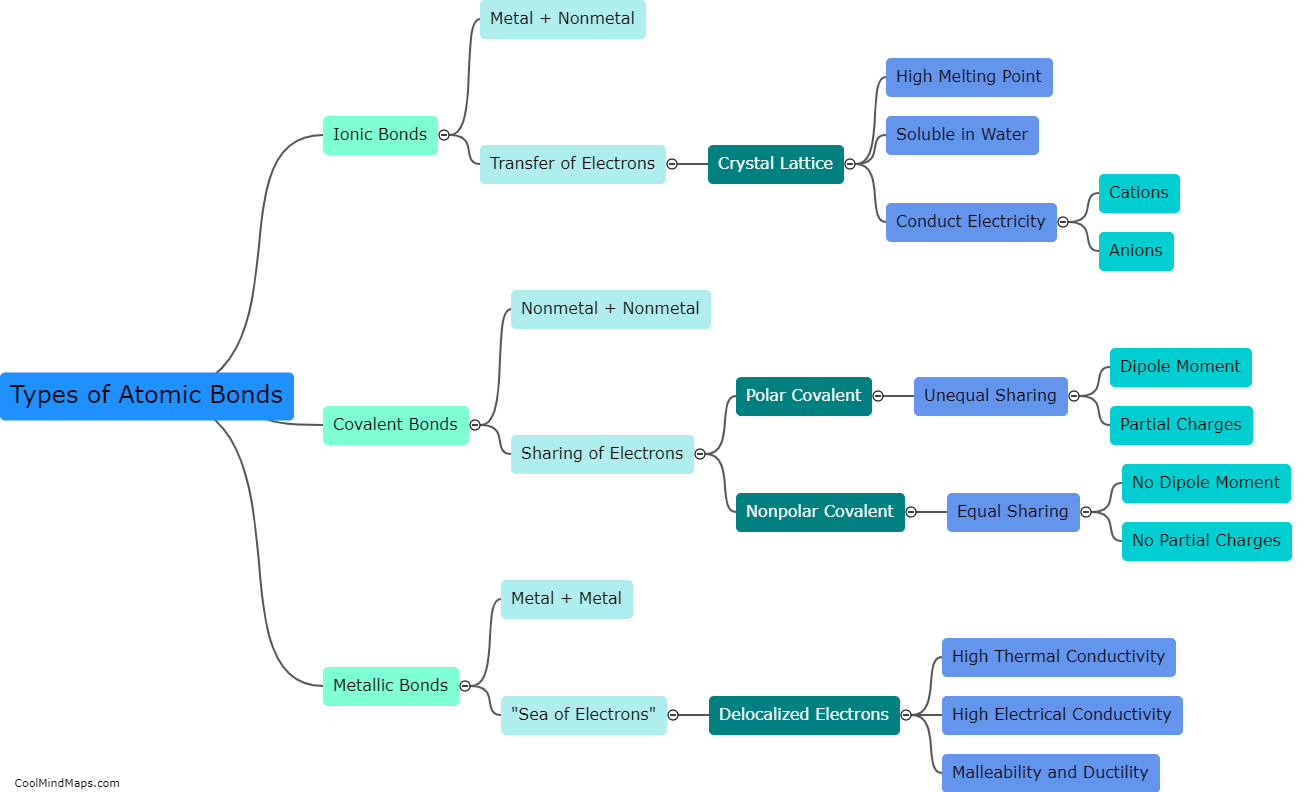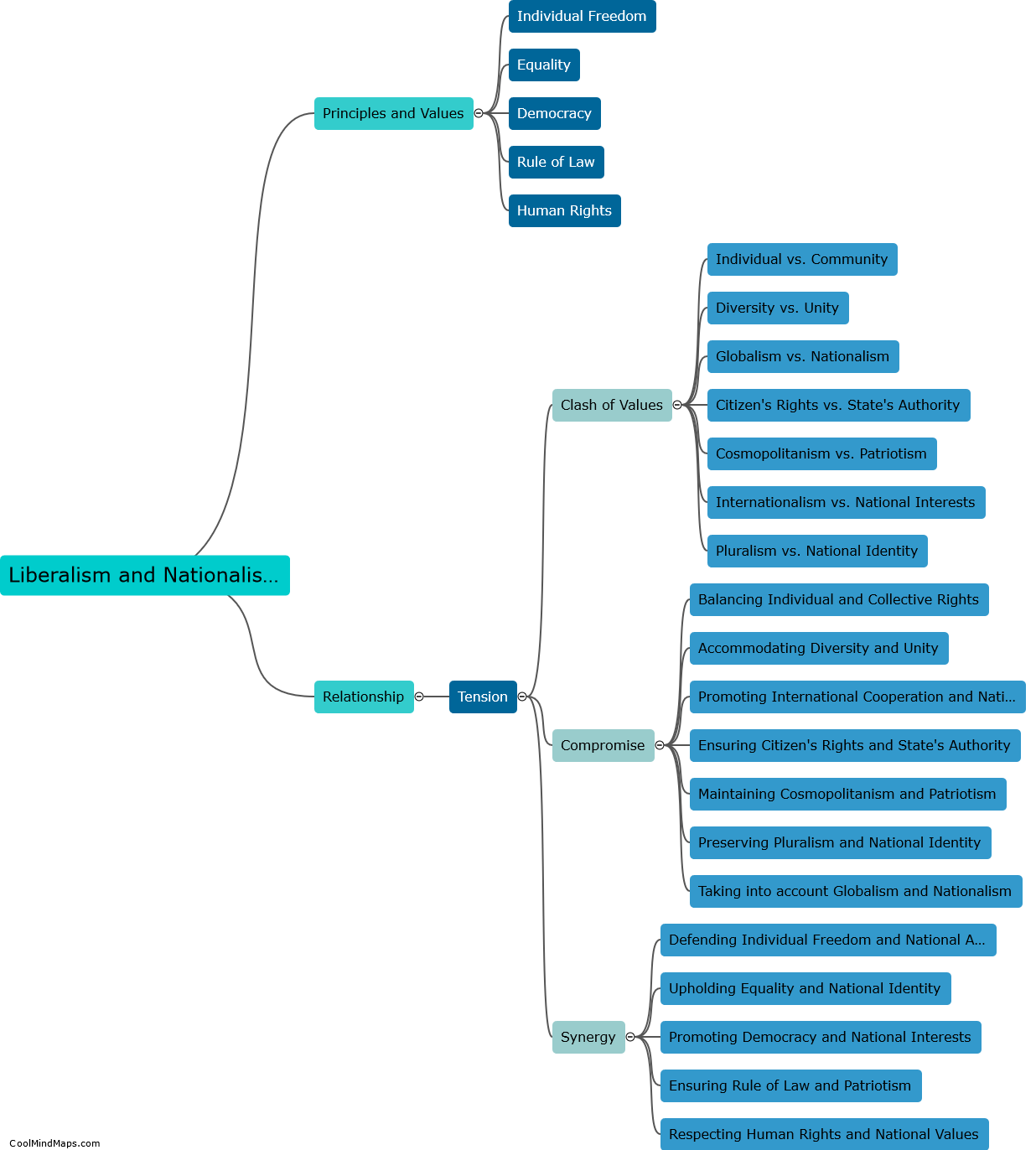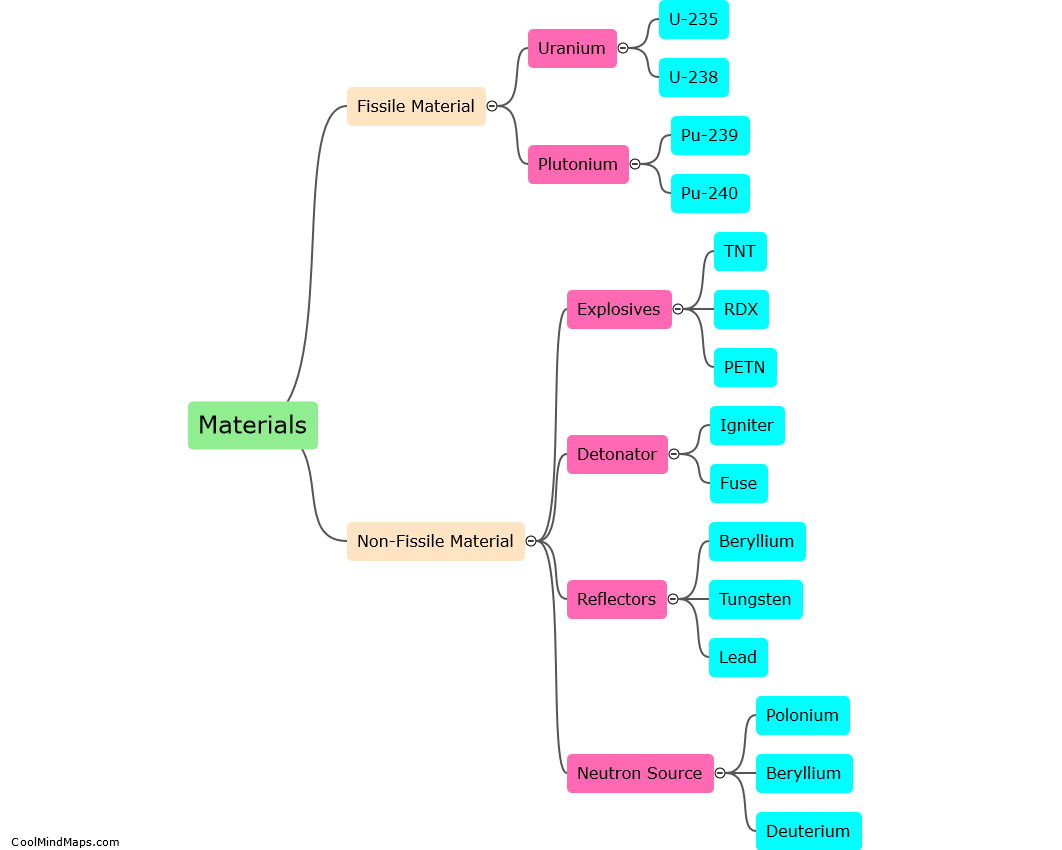What steps are involved in assembling an atomic bomb?
Assembling an atomic bomb is an intricate and highly classified process that involves several complex steps. The key components required for building an atomic bomb include fissile material, a triggering mechanism, and explosives. The first step involves obtaining a sufficient amount of highly enriched uranium or plutonium, known as the fissile material. Once acquired, the material is shaped into critical masses. The triggering mechanism, typically a conventional high-explosive arrangement, is then prepared to create a shock wave that compresses the fissile material and initiates the nuclear chain reaction. Next, the critical mass is rapidly compressed using explosives to achieve supercriticality, where a self-sustaining and exponential nuclear reaction can occur. These compressed materials are often shaped into a spherical or cylindrical shape to maximize efficiency. Finally, the assembled bomb is carefully paired with additional conventional explosives called a "boosting" arrangement to amplify the nuclear yield. The entire process requires strict precision, advanced scientific knowledge, and highly skilled personnel to ensure the successful assembly of a highly destructive weapon of remarkable power.
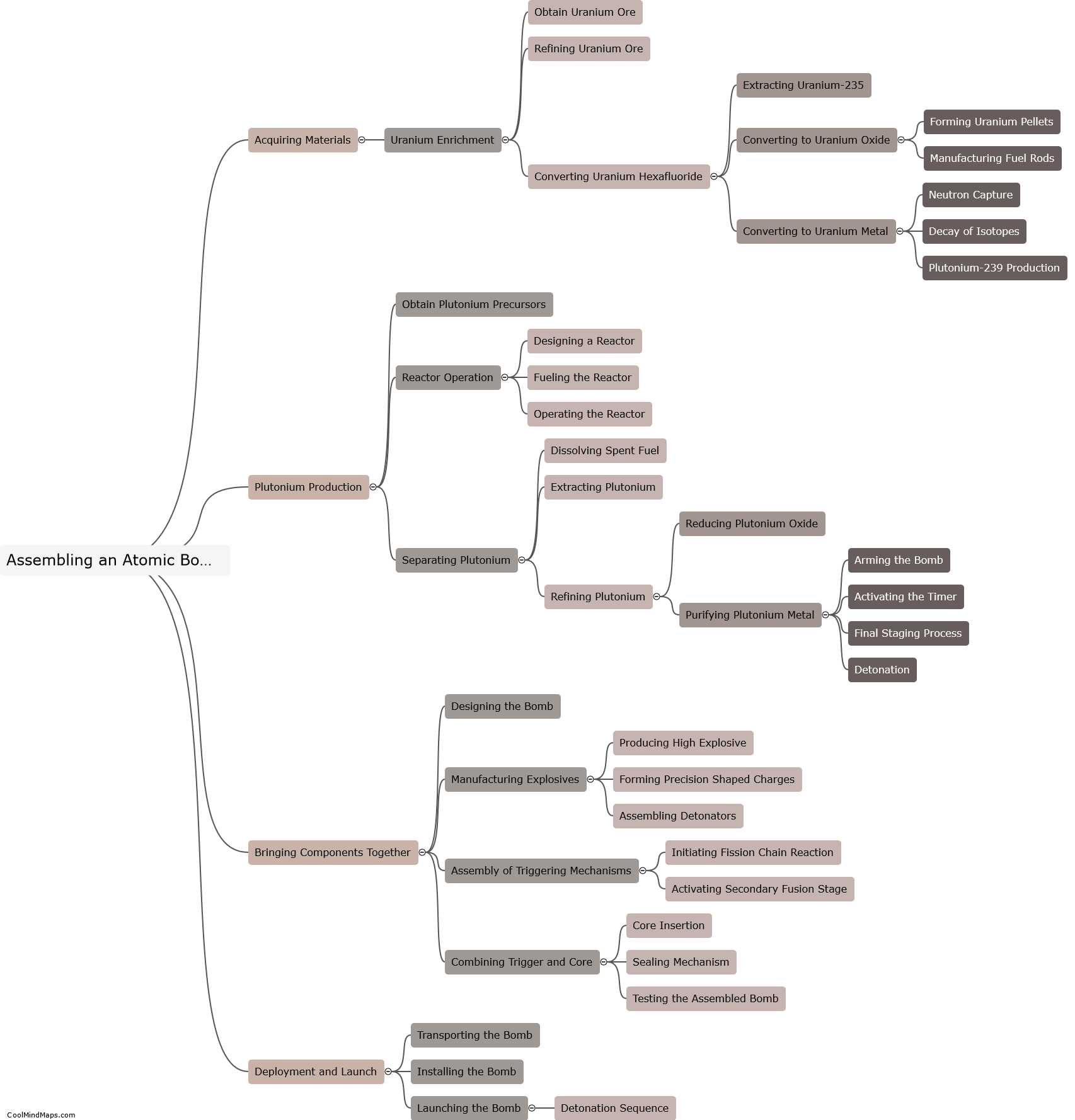
This mind map was published on 25 October 2023 and has been viewed 146 times.



